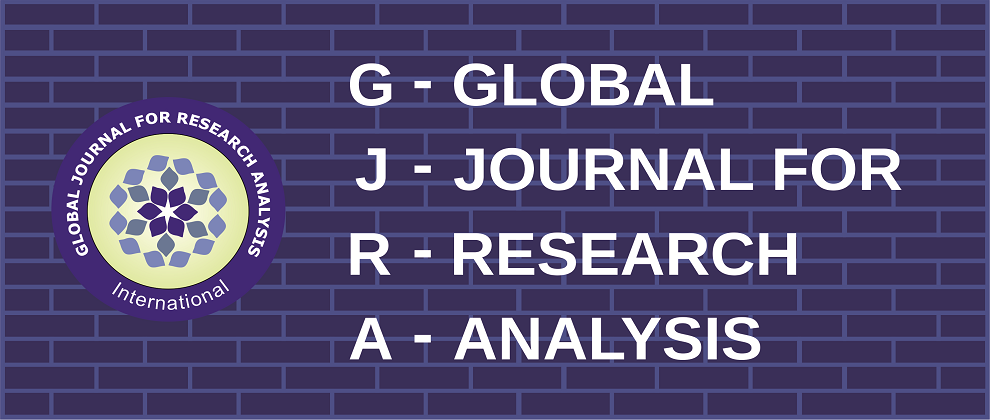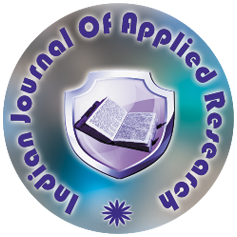Volume : 7, Issue : 3, March - 2018
Radiographic analysis of the restoration of hip joint following open reduction and internal fixation of acetabular fractures: A retrospective cohort study
Dr Ambrish Verma, Dr Rakesh Thakkar, Dr Mohd Sameer Qureshi
Abstract :
<p> </p> <p class="MsoNormal" style="margin-bottom:0in;margin-bottom:.0001pt;text-align: justify;mso-layout-grid-align:none;text-autospace:none"><b style="mso-bidi-font-weight: normal"><span style="font-size:12.0pt;line-height:115%;font-family:"Times New Roman","serif"">Background: </span></b><span style="font-size:12.0pt;line-height:115%;font-family:"Times New Roman","serif"">Acetabular fracture remains as a major challenge to orthopaedic surgeons despite of decades of improvement in its operative management. Unfavorable reduction is considered one of the key factors leading to joint degeneration and compromised clinical outcome in acetabular fracture patients. Besides the columns, walls, and superior dome, the postoperative position of hip joint center (HJC), which is reported to affect hip biomechanics, should be considered during the assessment of quality of reduction. <b style="mso-bidi-font-weight:normal">Objectives: </b>In this study, we aimed to quantify the postoperative shift of HJC radiographically, and to evaluate the relationship between the shift of HJC and the quality of fracture reduction following ORIF of acetabular fractures.</span><span style="font-size:12.0pt;line-height:115%;font-family:"AdvTT86d47313","serif"; mso-bidi-font-family:AdvTT86d47313"> </span><b style="mso-bidi-font-weight: normal"><span style="font-size:12.0pt;line-height:115%;font-family:"Times New Roman","serif"">Material and Methods: </span></b><span style="font-size:12.0pt;line-height:115%; font-family:"Times New Roman","serif"">Patients with a displaced acetabular fracture that received open reduction and internal fixation in the authors’ institution during the past three years were identified from the trauma database. The horizontal and vertical shifts of HJC were measured in the standard anteroposterior view radiographs taken postoperatively. The radiographic quality of fracture reduction was graded according to Matta’s criteria. The relationships between the shift of HJC and the other variables were evaluated. <b style="mso-bidi-font-weight:normal">Results: </b>Totally 95 patients with 36 elementary and 59 associated-type acetabular fractures were included, wherein the majority showed a medial (92.0%) and proximal (94.0%) shift of HJC postoperatively. An average of 2.9 mm horizontal and 2.3 mm vertical shift of HJC were observed, which correlated significantly with the quality of fracture reduction (P < 0.001 for both). The horizontal shift of HJC correlated with the fracture type (P = 0.022). <b style="mso-bidi-font-weight: normal">Conclusion:</b> The restoration of HJC correlates with the quality of reduction in acetabular fractures following open reduction and internal fixation. Further studies are required to address the effects of HJC shift on the biomechanical changes and clinical outcomes of hip joint, especially in poorly reduced acetabular fractures.<o:p></o:p></span></p>
Keywords :
Article:
Download PDF Journal DOI : 10.15373/2249555XCite This Article:
Dr Ambrish Verma, Dr Rakesh Thakkar, Dr Mohd Sameer Qureshi, Radiographic analysis of the restoration of hip joint following open reduction and internal fixation of acetabular fractures: A retrospective cohort study, GLOBAL JOURNAL FOR RESEARCH ANALYSIS : VOLUME-7, ISSUE-3, MARCH-2018


 MENU
MENU

 MENU
MENU

